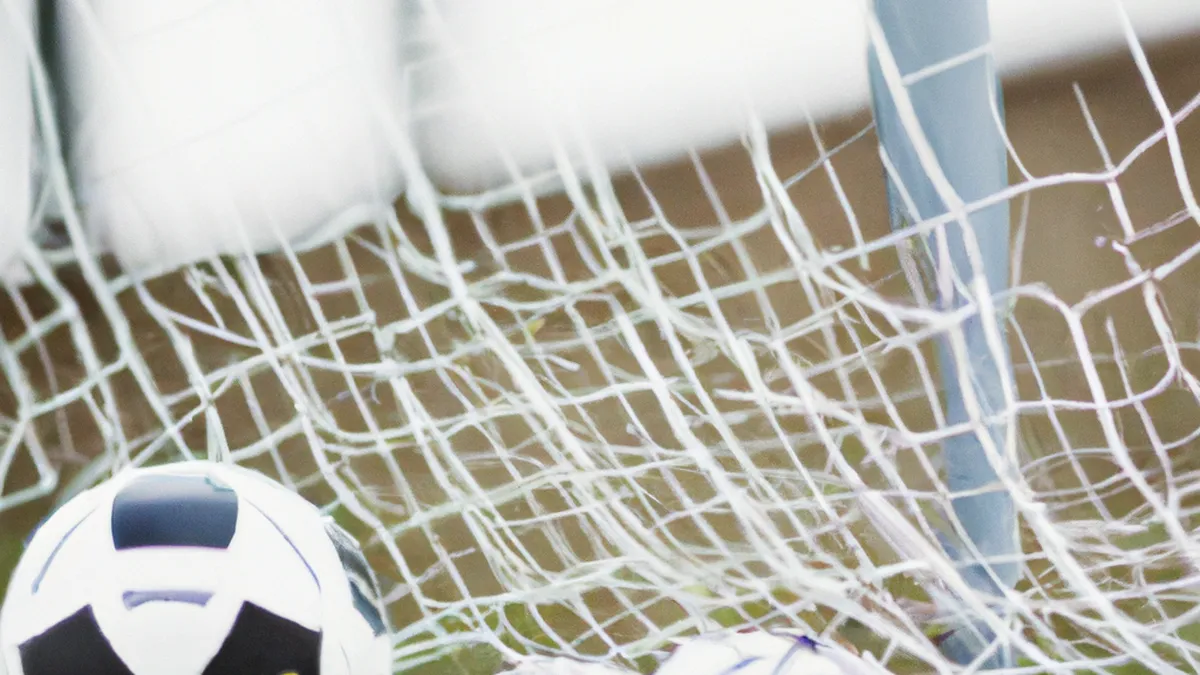Overuse Injuries: Signs Every Runner Should Know
Managing Overuse Injuries EffectivelyAthletes and active individuals often experience overuse injuries. These injuries arise from repetitive stress on muscles, tendons, and bones. Unlike acute injuries, overuse injuries develop gradually and can lead to chronic pain if untreated. They affect everyone, from weekend warriors to professional athletes. Proper management ensures quick recovery and improved performance.
Recognizing Overuse Injuries
Recognizing symptoms is the first step in managing overuse injuries. Persistent pain, swelling, stiffness, and decreased performance are common indicators. You might notice these signs after increasing activity, changing routines, or overdoing it. Common overuse injuries include tendonitis, stress fractures, shin splints, and bursitis.
Common Symptoms
1. **Pain**: Pain worsens with activity and often subsides with rest.2. **Swelling**: Swelling can appear at the injury site, sometimes with redness or warmth.3. **Reduced Range of Motion**: You may struggle to move the affected joint or muscle.4. **Weakness**: The area may feel weak, unstable, or fatigued during activity.Being aware of these symptoms aids early detection and management, preventing further issues.
Immediate Actions to Take
As an Amazon Associate I earn from qualifying purchases.
Gear tip: consider race bib belt, portable speaker, and canopy tent to support this topic.
Once you identify an overuse injury, act quickly to manage pain and inflammation. Use the RICE method—Rest, Ice, Compression, and Elevation—for initial treatment.
Rest
Rest is crucial for recovery. Avoid activities that worsen the pain. Engage in low-impact exercises, like swimming or cycling, to maintain fitness without stressing the injury.
Ice
Apply ice to the injury for 15-20 minutes every few hours during the first two days. Ice reduces swelling and numbs the area, alleviating pain. Wrap ice packs in a towel to protect your skin.
Compression
Use an elastic bandage or compression wrap to control swelling and support the injured area. Ensure it feels snug but not painful or numb. Compression garments can also help for some injuries.
Elevation
Elevate the injured area above heart level to reduce swelling and improve circulation. Prop your limb up with pillows while resting to minimize discomfort and promote healing.
Long-term Management Strategies
After addressing immediate symptoms, focus on long-term strategies to ensure full recovery and prevent future injuries.
Conclusion
Manage overuse injuries promptly and effectively for better recovery and performance. Stay vigilant about symptoms and follow appropriate treatment methods.
Below are related products based on this post:
FAQ
What are overuse injuries?
Overuse injuries are conditions that result from repetitive stress on muscles, tendons, and bones. They develop gradually and can lead to chronic pain if not treated properly. These injuries can affect anyone, from casual athletes to professionals.
What are the common symptoms of overuse injuries?
Common symptoms include persistent pain that worsens with activity, swelling at the injury site, reduced range of motion, and weakness in the affected area. Recognizing these signs early is crucial for effective management and recovery.
What immediate actions should I take for an overuse injury?
Immediately apply the RICE method: Rest, Ice, Compression, and Elevation. Rest the affected area, apply ice for 15-20 minutes, use compression to control swelling, and elevate the limb to improve circulation and reduce discomfort.















Post Comment